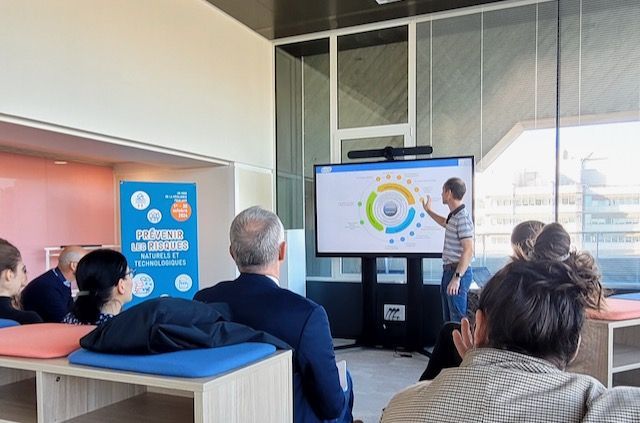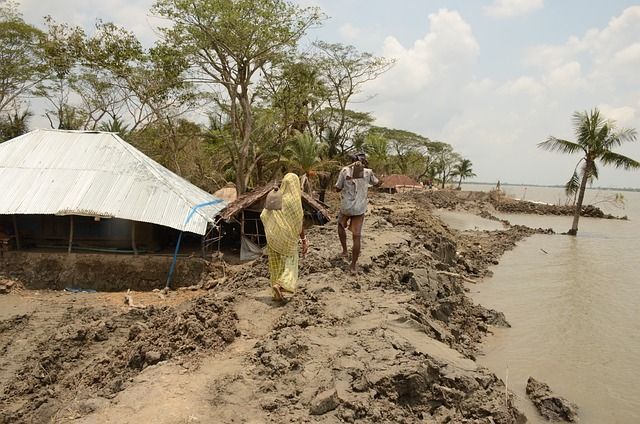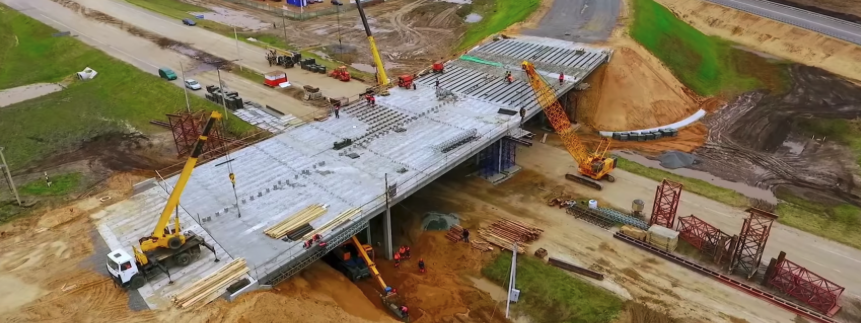Do you use bowties?
- By florian.glinserer
- •
- 21 Mar, 2018
- •
Bowties - a tried and trusted technique to help us manage risk

Is the bowtie analysis technique part of your toolkit? If not, it should be.
The history of the bowtie goes back a few decades. It was used by ICI in the 1970s, and used by Royal Dutch/Shell Petroleum in the 1990s to analyse the Piper Alpha oil rig disaster (where a North Sea offshore oil rig exploded leading to 167 fatalities). Although popularised as a “Health & Safety risk analysis technique”, it is useful for any risk.
A bowtie analysis visually demonstrates how well-defended an organisation is, by showing what controls are in place, and asks how effective they are.
A good bowtie analysis can demonstrate to stakeholders (the supply chain, the public, regulators etc.) that risks are recognised, understood and are being managed with controls and a control environment in place, both from a preventive point of view and to prepare for the risk occurring .
The bowtie may be thought of as a combined application of a high-level fault tree to look at causes, and a high-level event true to look at consequences. It provides a visual representation of causes (threats) of an event, likely outcomes (consequences) and measures to have in place to prevent the event from occurring, to mitigate its impacts if it occurs, and to control it.
For a nice summary of the bowtie, click here. For a brief YouTube video explanation (from the team at Satarla), click here.
For more information about the bowtie technique, please contact me.

We held very interesting in-person discussions about how my Urban 2.0 framework and system can be used by cities and towns around the world, and also the release of the UNDRR Global Assessment Report, Special Report 2024, which I was delighted to contribute towards.
The municipality of Bordeaux is continuing to pursue some excellent work in urban resilience, which I will be profiling in due course...

Almost half of Small Island Developing States' (SIDS) populations reside in urban areas. Research into urban resilience and urban planning tends to focus on cities in large nations, and only a relatively small amount of specific research on SIDS cities currently exists. However, much of the general urban resilience research is applicable to SIDS, as long as context is considered.
This paper focuses on ways to implement measures that will foster resilient and dynamic cities in SIDS. Ensuring good policy action to build, maintain and continuously improve these cities is key to achieving sustainable development and resilient prosperity as set out in the Outcome Document of the Fourth International Conference for Small Island Developing States (SIDS4).

With growing challenges like climate change, debt burdens, and dwindling resources, they desperately need an actionable, doable, and ambitious roadmap for the next decade. 2024 is an important year for SIDS, with the SIDS4 conferencetaking place in May.
You can access details about the Forum on the Island Innovation website, here.


You can read edition #1 here. This first edition is an introduction to our work, containing a summary of some of the work we are undertaking, links to case studies and interviews with people about different aspects of avoiding disasters.


We held a very interesting in-person round table discussion with citizens about how disasters can be avoided.
The municipality of Bordeaux is pursuing some excellent resilience work, which I will be profiling in due course...

We reviewed approaches being taken to prevent hazards from turning into disasters, including examples and how innovation is helping countries, cities and communities prevent adverse fallouts from hazard events.
You can access the webinar and download all presentations here.


The December 2022 edition, which covers a wide variety of infrastructure-related topics, is available here...
